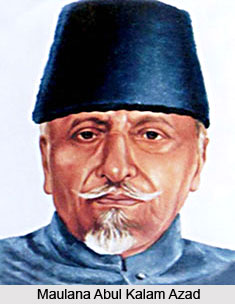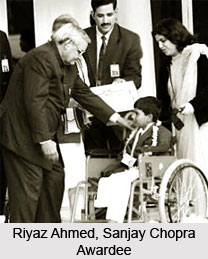 Right from the early times India has been an important seat of learning. Universities like Nalanda, Taxila and Vikramshila have attracted students not only from various parts of the country but it have also brought in large number of students from countries in and around India. Till today India has remained a great seat of higher education and many students come down to India to study on various subjects throughout the year. The first attempt to begin a national level educational system in India had begun in the year 1944. The Central Advisory Board of Education recommended the formation of a University Grants Commission in the year 1944. The University Grants Commission or UGC was formed in the year 1945 and was assigned the responsibility of looking into the working of the Banaras Hindu University and the Delhi and Aligarh Universities as well. In the year 1947, the University Grants Commission or the UGC was assigned the responsibility of looking into the working of all the existing universities of the country at that time.
Right from the early times India has been an important seat of learning. Universities like Nalanda, Taxila and Vikramshila have attracted students not only from various parts of the country but it have also brought in large number of students from countries in and around India. Till today India has remained a great seat of higher education and many students come down to India to study on various subjects throughout the year. The first attempt to begin a national level educational system in India had begun in the year 1944. The Central Advisory Board of Education recommended the formation of a University Grants Commission in the year 1944. The University Grants Commission or UGC was formed in the year 1945 and was assigned the responsibility of looking into the working of the Banaras Hindu University and the Delhi and Aligarh Universities as well. In the year 1947, the University Grants Commission or the UGC was assigned the responsibility of looking into the working of all the existing universities of the country at that time.
History of University Grants Commission or UGC
As soon as India got her Independence, in the year 1952 a University Education Commission was set up which recommended that the University Grants Commission be remodelled according to the University Grants Commission of the United Kingdom with a full time Chairman and the other members of the Commission should be recruited from educationists of repute.
The Commission also decided that all issues relating to the allocation of public funds to the Central Universities and other educational institutes of higher learning should be referred to the UGC and it was decided that the opinion of the UGC in this regard would be considered final. Finally in the year 1953, the University Grants Commission was re-inaugurated by Maulana Abul Kalam Azad, the then Minister of Education, Natural Resources and Scientific Research on 28th of December 1953.
Finally the UGC was established as a statutory organ of the government in November 1956 through an Act of Parliament. The commission has been assigned the duties of coordination, determination and maintenance of standards of university education in India. In order to bring about effective region-wise working of the commission throughout the country, the UGC has decentralised its operations by setting up six regional centres at Pune, Hyderabad, Kolkata, Bhopal, Guwahati and Bengaluru. The head office of the UGC is located at Bahadur Shah Zafar Marg in New Delhi.
Functions of University Grants Commission or UGC
The prime functions of the University Grants Commission are as follows:
•It provides funds to the various higher educational institutes.
•It carries out the function of co-ordination, determination and maintenance of standards in institutions of higher education.
In addition to these the University Grants Commission also performs the following functions as well:
•Promoting and coordinating university education.
•Determining and maintaining standards of teaching, examination and research in universities.
•Framing regulations on minimum standards of education.
•Monitoring developments in the field of collegiate and university education; disbursing grants to the universities and colleges.
•Serving as a vital link between the Union and state governments and institutions of higher learning.
•Advising the Central and State governments on the measures necessary for improvement of university education.
Finally it can be concluded saying that the UGC looks after the proper development and fostering of higher education in the country.






